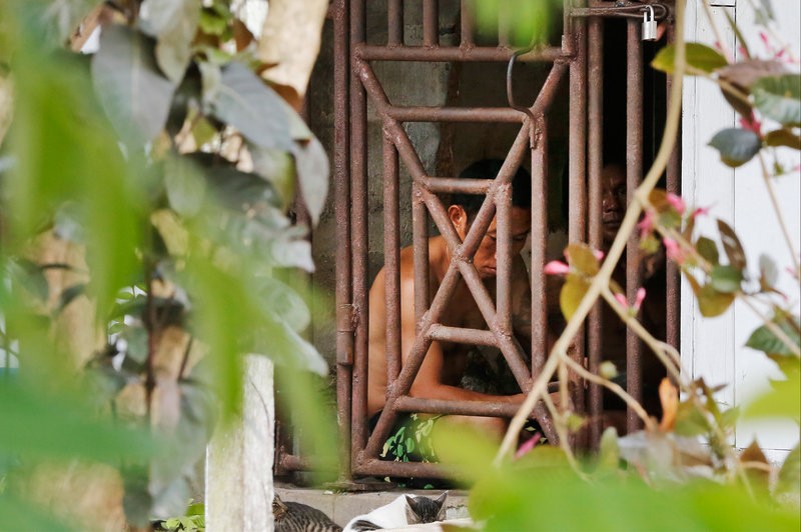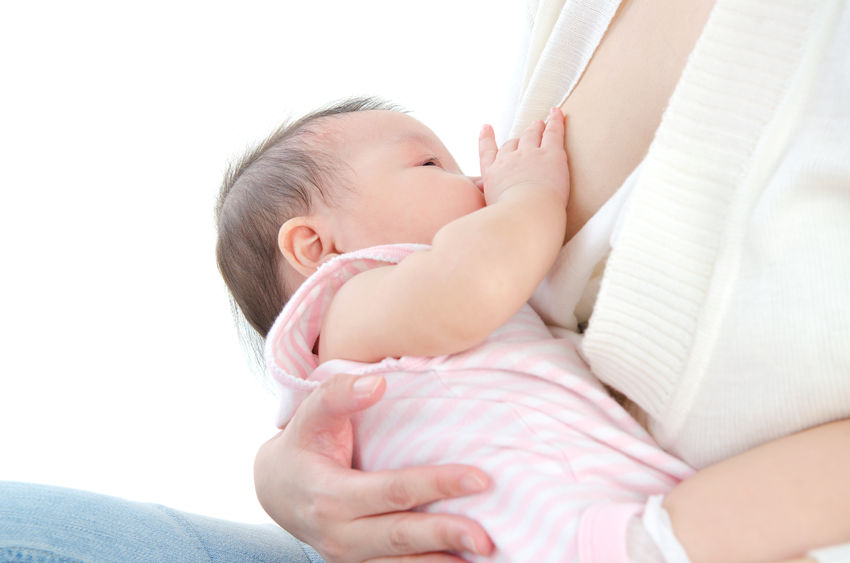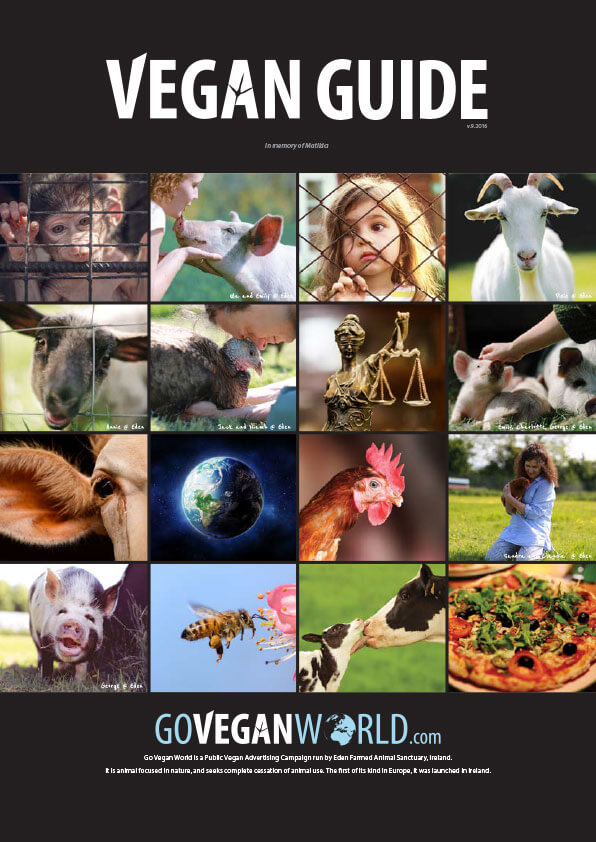Intersectional
Intersectional Harms caused by Animal Use
Many different harms emanate from a non-vegan life that is predicated on animal use.
Intersectional Harms caused by Animal Use
- World Hunger
- Human Inequality and Workers Exploitation
- Human Illness and Premature Death
- Environmental Destruction & Climate Change
By happy coincidence, when one goes vegan for ethical reasons, in order to stop using and harming other animals, there are many other benefits which help address each of these inter-related, intersectional issues.
The callous disregard for others who we perceive to be different or beneath us, that allows us to exploit other animals, allows us to exploit humans too.
World Hunger
- Redefining agricultural yields: from tonnes to people nourished per hectare
- World Hunger & Our Food Choices
- Earthsave
- United Nations Recommends a Plant Diet
- Oppenlander, Richard A. Food Choice and Sustainability: Why Buying Local, Eating Less Meat, and Taking Baby Steps Won’t Work.
- A Global Assessment of the Water Footprint of Farm Animal Products
- Water Footprint Network
Further information is available on the following pages:
Workers’ Exploitation

Dita Alangkara/AP
Thai and Burmese fishing boat workers sit behind bars inside a cell at the compound of a fishing company in Benjina, Indonesia
Let’s look at how the employees of these industries are harmed while they harm the animals we use. Farming has one of the highest rates of workplace injury, which is not surprising given that animal agriculture works against the instincts of all animals (including some very large animals) to resist confinement and pain. Some of the routine tasks that take place on farms and at slaughterhouses include: tagging & other mutilations including dehorning, branding, removal of beak tips, teeth, tails and testicles without anaesthesia or pain relief; herding animals onto and off slaughterhouse trucks, inflicting electric shock, stunning, killing, skinning and dismembering, sometimes conscious animals. When we eat animal foods we not only harm and kill non-humans, we contribute to these aspects of someone else’s working day. Many farm and slaughterhouse workers work in weather extremes, and in toxic atmospheres (ammonia, dust, fungi, etc). Such is the demand for animal foods that slaughterhouses operate at tremendous speed using dangerous equipment, alongside terrified animals, on floors that are slippery with blood.
In 1997 Gail Eiznitz published Slaughterhouse, a qualitative study using over 2 million hours of interviews with slaughterhouse employees. Without exception, they told her that they have beaten, strangled, boiled, and dismembered animals alive, or have failed to report those who do. The workers described the effects the violence has had on their personal lives, with several admitting to being physically abusive or taking to alcohol and other drugs. Workers revealed that, because of the speed with which they are required to work, animals are routinely skinned while apparently alive, and still blinking, kicking, and shrieking.
Evidence shows that this violence is carried out of the slaughterhouse and perpetrated on other humans as a direct consequence of the violent workplace.
People employed in industries that exploit other animals endure some of the worst possible working conditions. Studies (MacNair, 2002; Dillard, 2008) show that they frequently suffer work related physical and psychological injury, low wages, long hours, toxic work environments & job insecurity. When we eat animal foods we pay someone else to harm and kill animals on our behalf.
The problem of human slavery is deeply entwined with our enslavement of other animals. Only a few examples are noted here.
- Trafficked humans, exploited chickens
- Trafficked Humans, killing fish
- Slavery in the Fishing Industry
- Enslaved Humans, Enslaved Cows
- Health & Safety Authority Guidance on Safe Handling of Cattle on Farms
- Food Justice: Human Labour Slavery
- Silence on the Floor, Canadian Occupational Health & Safety Magazine-range-farms-video
- Slaughterhouse
- Every 12 Seconds: Industrialised Slaughter and the Politics of Sight
- Fitzgerald, AJ et al (2009) Slaughterhouses and Increased Crime Rates An Empirical Analysis of the Spillover From “The Jungle” Into the Surrounding Community Organization Environment June 2009 vol. 22 no. 2 158-184
- Dillard, J. (2008). A Slaughterhouse Nightmare: Psychological Harm Suffered by Slaughterhouse Employees and the Possibility of Redress through Legal Reform. Georgetown Journal on Poverty Law & Policy, 15(2), 398.
- MacNair, R. (2002). Perpetration-Induced Traumatic Stress: The Psychological Consequences of Killing. Lincoln, NE: Praeger/Greenwood.
Human Illness and Premature Death
The body of evidence linking our consumption of animal foods with illness and death is growing all the time. All we need to know, in order to be vegan, is that a plant based diet adequately meets our health needs and that eating other animals is unnecessary. However, evidence suggests that a 100% plant, wholefoods diet also helps prevent many of the sources of physical suffering and premature death that are so prevalent in the Western world.
Our consumption of fishes, meat, dairy and eggs have been linked with Type II Diabetes, Cardiovascular Disease, and Cancer.
Bouvard V, Loomis D, Guyton KZ, Grosse Y, El Ghissassi F, Benbrahim-Tallaa L, et al.
Carcinogenicity of consumption of red and processed meat. The Lancet Oncology, Published online 26 October 2015
Children’s Rights
Few of us would have chosen, as children, to eat the animals we love when we meet them in person or in our story books. We are fed animal products prior to having language or critical thinking skills, when we do not have a choice. Small children, especially, would not countenance taking a baby away from her mother so that we could drink her milk, especially when that milk is also bad for our health and for the earth we need to spend our futures on.
It is every child’s right not to be fed foods that make them ill.
It is their right not to eat someone who has endured grief, loneliness, pain, and terror.
It is their right to consume fairly.
A Mother’s Milk:

A good example of intersectional harm concerns the manufacture by the dairy industry of infant formula milk. The most appropriate food for babies is their mother’s milk. This is true of cows, pigs, dogs, and rats. It is also true of another mammalian species – humans.
But breast milk can’t be sold. Cow’s milk can. It is advertised and sold in vast quantities in Europe, especially in countries like Ireland and the UK, not only to European parents, but around the world. The milk of Irish cows is used to feed 1 in 7 babies worldwide. The goal of Irish agricultural policy by 2020 is to increase that number to 1 in 5. The UK also exports powdered cow’s milk infant formula.

Because breast milk is best for babies, the Advertising Standards Authority of Ireland bans advertising of infant formula which is designed to replace breast feeding, on foot of health recommendations for infants. Yet, the Irish Dairy Industry has no compunction about advertising these same products to infants in other countries who are even more at risk from use of formula over breast milk.
World Health Organisation Guidelines claim that failure to exclusively breast-feed for six months accounts for 10% to 15% of infant deaths in developing countries. Not only is the dairy industry harming cows and their calves, it is running the risk of harming infants who are not breast fed. Not only is the dairy industry profiting from the enslavement of cows, feeding their babies infant formula can cost a poor Chinese family up to 26% of their weekly income.
A Formula for Disaster: Victoria White, Irish Examiner
Profit Before Infants: Article on Milk Law Legislation, Irish Examiner
British Dairy Companies Head to China to Promote British Produce


